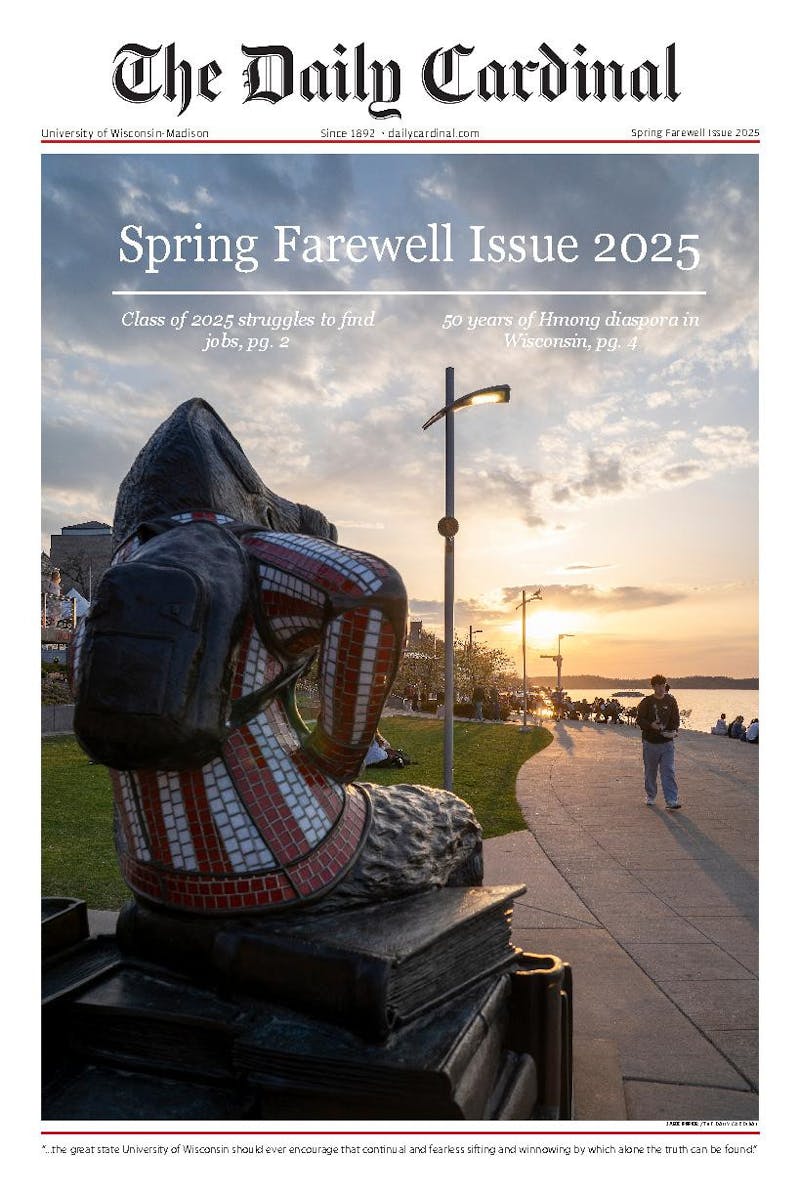On the morning of Aug. 24, 1970, a van loaded with explosives detonated next to Sterling Hall, killing a graduate student inside and ending the most turbulent social and political period the UW-Madison campus has ever seen.
The 35th anniversary of the bombing shed light on the historical significance of what happened at Sterling Hall and raised questions about how the bombing affected the tradition of protest at the university.
During the spring of 1970, demonstrations in Madison were at the height of their fervor.
\It seemed like for a year or two, the air of the campus was constantly filled with tear gas,"" recalled UW-Madison alumnus Walter Ezell, who said academics at the university were so disrupted by protest that officials considered canceling finals.
He described that spring as a ""lost semester,"" estimating that eight of those 16 weeks were filled with demonstrations.
""It seemed like every night there was a rally,"" he said. ""Then people would go out in little groups and throw rocks at the windows of stores,"" he said.
The Army Mathematics Research Center, a government operation located on campus, attracted negative attention from protestors. An AMRC computer housed in Sterling Hall was the target of the bombing.
""There were those who felt that we were working in cahoots with the government on making weapons more destructive and aiding and abetting the military and activities in South East Asia,"" said Special Assistant Emeritus Art Hove, who worked on campus at the time.
Hove cited several editorials published in The Daily Cardinal prior to the bombing which criticized the AMRC.
Fine and Leo were on the Cardinal staff that summer and though Fine wrote music reviews, Burt's interests leaned more towards politically radical editorial pieces.
Ezell, who worked as a summer editor at the Cardinal recalled the agendas of some writers.
""There were a number of people who wanted this to be a political mouthpiece,"" he said.
As volatile as the campus was prior to the bombing, once the smoke cleared, it revealed a transformed political climate.
""It scared the protestors. They didn't want to be aligned with the violence,"" recalled Steve Limbach, an undergraduate research student working in Birge Hall that summer.
Ezell said he agreed participation in demonstrations decreased as a result of the bombing; Hove agreed that Sterling Hall took the fury out of student protests saying, ""It was no longer fun and games; it was now for keeps.""





